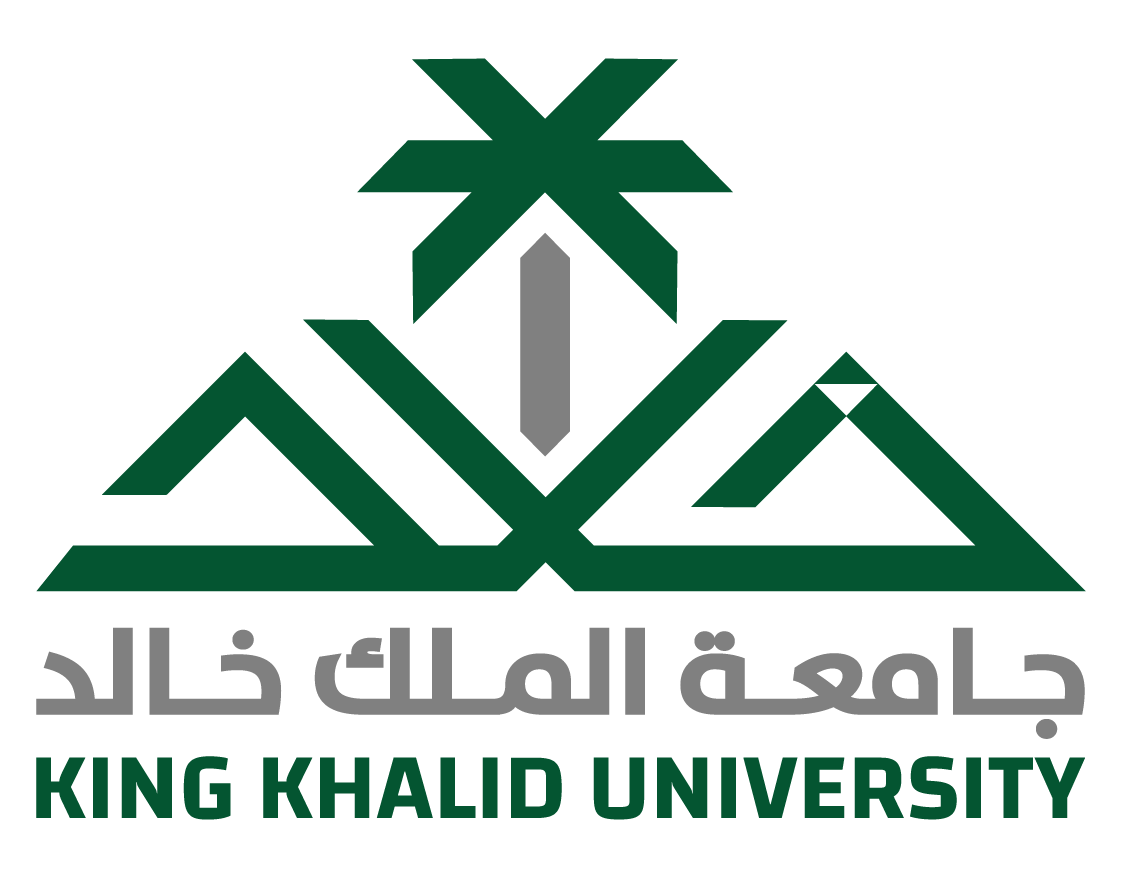الملخص
.Vertical water table movement is liable to trap part of any light non-aqueous phase liquid (LNAPL) present within the vicinity of capillary fringe and water table in contaminated aquifers. Due to toxicity and low dissolution of LNAPLs in water, the trapped component could be a longterm groundwater contamination source. This present work experimentally investigated and modeled the influence of rate of water table rise on the entrapment of Saudi Arabian light crude oil in natural uniform and blended well-graded sands. Series of laboratory column tests were conducted to simulate a rising water table at several rise rates and the subsequent entrapment of the LNAPL for range of initial water saturations between 0-71%; from which macroscopic quantitative measurements of trapped LNAPL saturation were performed after attainment of quasi-static equilibrium

